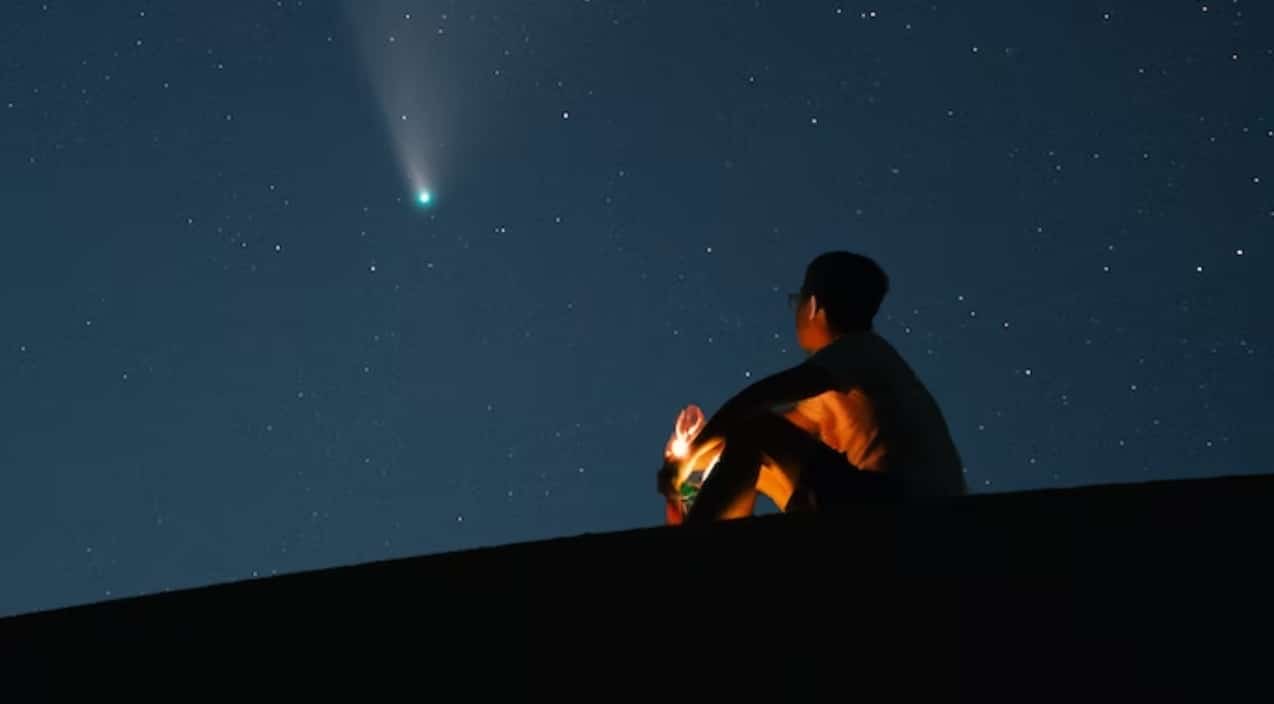Look Out For The 460ft-Wide “Christmas Asteroid” Coming This Week
on Dec 14, 2022 • Updated Jan 15, 2025

A 460ft-wide asteroid dubbed the “Christmas asteroid,” is set to skim past Earth this week. The asteroid, officially known as 2015 RN35, will come within 420,000 miles of our planet, making it one of the closest approaches ever recorded.
While this may sound like cause for concern, there is no need to worry. The asteroid poses no threat to Earth and will not collide with our planet. In fact, this close approach presents a unique opportunity for astronomers to study the asteroid in detail.
The European Space Agency (ESA) said they are calling on amateur astronomers to find the space rock 2015 RN35 and photograph it.
According to Daily Mail,the agency said, “We don’t call this a challenge for no reason. 2015 RN35 will not shine bright in the skies like the star of Bethlehem did millennia ago. No. Smaller than the Statue of Liberty, this asteroid is pretty little on astronomical scales. And as flybys go, at just under two times the distance to the moon, it’s not likely to make newspaper headlines.”
The asteroid was first discovered in 2015 and has been closely monitored by astronomers ever since. It will make its closest approach to Earth on December 15 though it can be seen starting now until December 19, making it a fitting celestial visitor for the Christmas holiday.
“We look forward to seeing your observations!” the agency added.
460ft-wide ‘Christmas asteroid’ will skim past Earth this week, passing a mere 6,86,000 km away on December 15. pic.twitter.com/A9UoMzakHw
— SynCronus (@syncronus) December 13, 2022
If you want to catch a glimpse of the asteroid, you’ll need a telescope. The asteroid will be visible in the night sky and will appear as a faint moving dot. ESA said that telescopes 11 inches or larger should be able to detect the Christmas asteroid.
While the asteroid may not be visible to the naked eye, it is particularly interesting to scientists because it isn’t well known. Experts also say that they’re not sure what it’s made of or precisely how big it is, or if it is spinning on its axis.
However, ESA has a new near-Earth object (NEO) Toolkit created by the agency’s Near-Earth Object Coordination Centre (NEOCC), based in Rome that will be great for spotting the asteroid.
“We use these tools every day to plan our observations, to visualise asteroid close approaches and to help us understand and explain the varied asteroid populations in the Solar System and the risk we face,” Juan-Luis Cano, information system manager at the NEOCC said, according to Daily Mail. “We want them to be as useful to the rest of the world as they are to us, because planetary defence is a global effort.”












